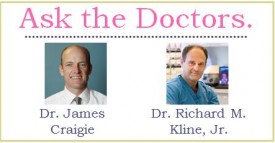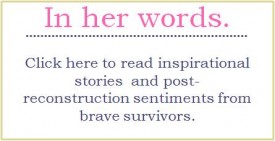 Because it lowers stress, boosts the immune system, reduces pain, and improves bonding among individuals, laughter really does have the powerful health benefits we’ve long attributed to it. We at The Center for Natural Breast Reconstruction are proud to say that Charleston is home to world-class comedy clubs where you can get your daily dose.
Because it lowers stress, boosts the immune system, reduces pain, and improves bonding among individuals, laughter really does have the powerful health benefits we’ve long attributed to it. We at The Center for Natural Breast Reconstruction are proud to say that Charleston is home to world-class comedy clubs where you can get your daily dose.
Next time you’re in need of a hearty chuckle, check out one of these laughter hot spots.
Theatre 99
Known as Charleston’s home for improv comedy, Theatre 99 offers affordable live shows most Wednesdays, Fridays, and Saturdays. In addition to improv, audiences enjoy sketch and stand-up comedy performances on the theater’s stage. Those who are interested in participating in comedy themselves can take advantage of Theatre 99’s improv classes and workshops.
Plan your next outing here.
Visit: 280 Meeting Street, above The Bicycle Shoppe, Charleston, SC
The Stephen Colbert Childhood Tour
Stephen Colbert, one of Charleston’s most famous and well-loved native sons, soaked up the city’s atmosphere and went on to a wildly successful career in comedy. Diehard fans can make a driving tour of Colbert’s childhood stomping grounds by visiting James Island, where he spent his youth, and East Bay Street in downtown Charleston, where his family moved after the death of his father and two brothers.
Be sure to swing by Episcopal Porter-Gaud school, where Colbert acted in school plays and wrote for the newspaper.
Center Pointe Bar & Grille
Friday nights at Center Pointe mean comedy. Enjoy jokes in a sports-bar atmosphere where you can enjoy food and drinks from a full kitchen and bar menu. Want to create some comedy of your own? Come back on Monday nights for karaoke!
Visit: 4950 Centre Pointe Dr., North Charleston, SC
Palmetto Comedy House
Enjoy a night of stand-up at this comedy hub, located inside the Clarion Suites Hotel. The Palmetto is known for special event shows (including performances for Valentine’s Day and its Divas of Comedy show), so check out the schedule to see what’s coming up.
Visit: 3640-B Dorchester Rd., Charleston, SC














